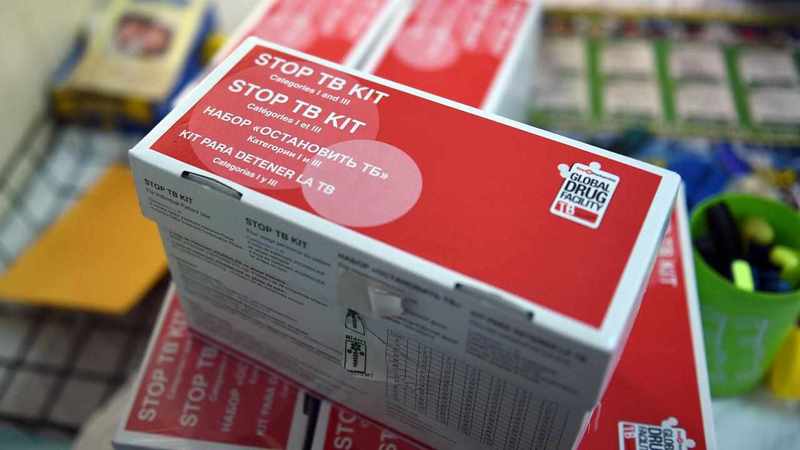More than 700 people have been screened and 13 cases confirmed in a tuberculosis outbreak on South Australia's northern Anangu Pitjantjatjara Yankunytjatjara lands.
The outbreak was detected in March when 10 cases were diagnosed.
Updated genome sequencing has confirmed 13 infections, including 11 that are active.
Of the remaining two cases, both were considered historic with one resulting in death.
Health Minister Chris Picton said tuberculosis was preventable and curable and the government was committed to stop the cluster growing.
'We are promoting awareness and facilitating quick testing and treatment," he said.
"Our response is built on strong relationships with the APY Lands Anangu Community and service providers and valuing local expertise through employing local people to deliver care and engagement."
In June the government allocated $1.9 million to combat the outbreak, including work to upskill local doctors.
Health teams have been deployed to the region five times to meet community members, conduct screening, coordinate healthcare, and to provide information.
Chief Public Health Officer Nicola Spurrier said the government's response was aligned with the national strategy to eliminate tuberculosis transmission in Australia.
"Unlike some other diseases, active tuberculosis can take years to develop after being infected, and months of complex medication to treat," she said.
"We have strong partnerships and will be continuing our efforts for many more months to support the communities on the Aṉangu Pitjantjatjara Yankunytjatjara Lands."
About the same time as the latest outbreak, SA's Deputy State Coroner Ian White reported on the deaths of a young girl and a woman from TB infections.
Monineath Chum, nine, died in hospital in February 2017 after being ill for several months, while 29-year-old Rehema Shariff Kangethe was found dead in her bed at home in 2018.
In both cases, Mr White raised concerns about how they were monitored in the period leading up to their deaths.









